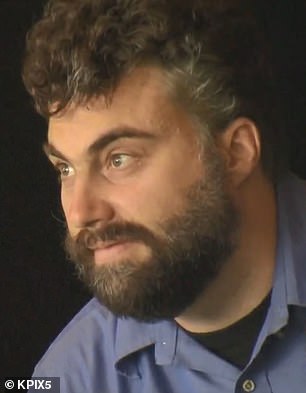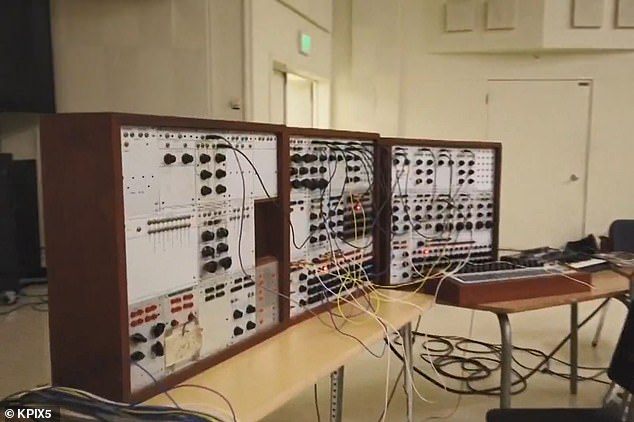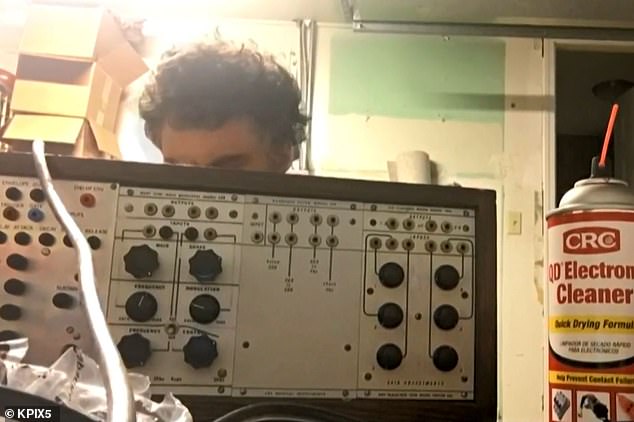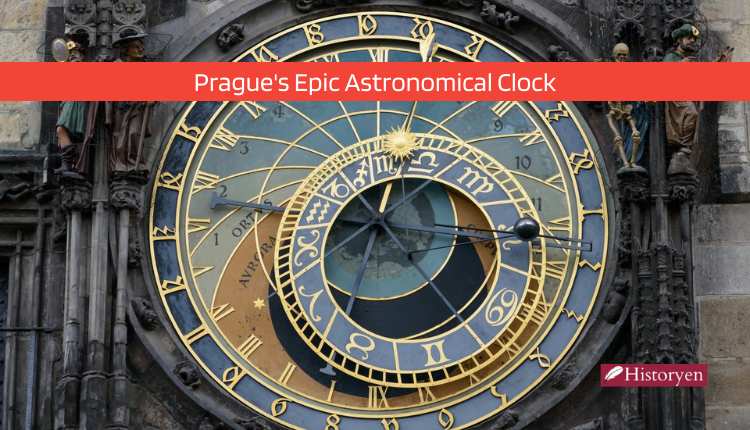In the realm of the unexpected, a story recently emerged that perfectly encapsulates the enduring mystique of the 1960s counterculture era. Imagine, if you will, an ordinary day in the life of Eliot Curtis, the Broadcast Operations Manager at KPIX Channel 5. Little did he know that his routine task of fixing an old, discarded synthesizer would transport him back to a time when LSD-friendly musicians were on the hunt for new sonic landscapes. Eliot Curtis unwittingly became a part of this psychedelic synthesizer journey as he stumbled upon remnants of a bygone era.
A Groovy Discovery

Eliot Curtis’s adventure began in the most unsuspecting of places, a dimly lit closet at San Francisco Cal State University East Bay. As he laid his hands on the dusty Buchla Model 100 synthesizer, he could never have imagined the peculiar turn his day was about to take. Rumors had swirled for years that 1960s radio operators would use liquid LSD to inspire their musical creations, but it had always been regarded as mere speculation. That is, until Curtis embarked on his quest to restore this forgotten relic.
A Mind-Altering Encounter
As Curtis carefully dismantled a module to cleanse a bothersome “crust or crystalline residue,” he unwittingly triggered a psychedelic experience that defied belief. The substance seemed to dissolve into his skin, and within 45 minutes, he was engulfed in a surreal trip reminiscent of an LSD-induced journey. The decades of damp, lightless storage had preserved the lysergic acid’s potency, allowing it to cast its spell on Curtis, transporting him to a place where time itself seemed to warp.
A Journey Shared by Legends

In a peculiar twist of fate, Eliot Curtis found himself following in the footsteps of the legendary Albert Hofmann, the chemist who first synthesized LSD in 1943. Hofmann, too, had inadvertently dosed himself with the drug in a similar manner. LSD, typically consumed orally or through blotting paper, had never been associated with cleaning old machines. The question remained: was this psychoactive substance intentionally concealed beneath the psychedelic synthesizer’s module, or had it been forgotten there by chance?
The Buchla Model 100: A Psychedelic Icon
The Buchla Model 100, with its mesmerizing history, added another layer of intrigue to Curtis’s unexpected journey. Crafted by Don Buchla of the University of California, Berkeley, this device was closely tied to the counterculture movement. Don Buchla shared a connection with Owsley Stanley, the Grateful Dead’s legendary sound engineer and a reputed manufacturer of pure LSD. The proximity of Curtis’s encounter with this iconic model to such psychedelic legends is a coincidence that boggles the mind.
A Soundtrack to a Revolution
The 1960s were a time of radical change, artistic exploration, and a hunger for new forms of expression. The Buchla Model 100 played a pivotal role in this era. Musicians, driven by a desire to expand their creative horizons, experimented with this innovative synthesizer, seeking novel ways to craft soundscapes that echoed the spirit of their generation. Ines Thiebaut, Assistant Professor of Music at the university, attested to the popularity of this groundbreaking instrument during those transformative years.
The Evolution of a Psychedelic Legend

The Buchla Model 100, originally commissioned by professors Glenn Glasgow and Robert Basart, was an instrument of pure potential. Its operation was a tactile journey, relying on the patching of cords and the deft turning of knobs. Over time, various modules were added, each representing a musician’s unique refinement. The machine’s history unfolded with each twist of a knob and connection of a cord, weaving a tapestry of sonic experimentation.
A Psychedelic Reunion
As Eliot Curtis embarked on his unintentional trip through time, his wife, Holly Curtis, watched in amazement. The experience seemed to rekindle a connection to America’s counterculture for her husband. Curtis eventually returned to his work, albeit with the unexpected memory of ingesting decades-old LSD. In an unusual twist, Holly found the whole episode strangely enjoyable. With gloves on, Curtis completed the restoration of the machine that had unwittingly launched him into a psychedelic adventure.
“I think it’s super wild,” Holly mused. “I think this whole situation is a nice chapter in the history of counterculture.”
A Bridge to the Past
Eliot Curtis had inadvertently become a time traveler, a modern-day voyager thrust into the heart of San Francisco’s hippie scene. By consuming the very substance used by the synthesizer’s creators and users, Curtis found himself more in tune with the counterculture of decades past than anyone could have anticipated.
In conclusion, the story of Eliot Curtis and the psychedelic synthesizer serves as a testament to the enduring legacy of the 1960s counterculture. It reminds us that even in the most unexpected of circumstances, echoes of the past can resurface, offering a unique glimpse into a bygone era.
FAQs
- Was Eliot Curtis harmed by accidentally ingesting LSD?
- No, Curtis had a seemingly stable trip and did not suffer any harm from the experience.
- What is the Buchla Model 100 synthesizer known for?
- The Buchla Model 100 was popular in the 1960s for its role in expanding musical creativity and experimentation.
- How did LSD find its way onto the synthesizer?
- It remains unclear whether the LSD was intentionally concealed or accidentally left behind on the machine.
- Who was Don Buchla, and why is he significant in this story?
- Don Buchla was the creator of the Buchla Model 100 and had ties to influential figures in the 1960s counterculture, adding intrigue to Curtis’s encounter.
- What role did the Buchla Model 100 play in the counterculture movement?
- The synthesizer was a tool for musicians to explore new ways of creating sound, making it a key part of the counterculture’s creative expression.


